Background apps in Windows 11 can consume valuable system resources and drain battery life, especially on laptops. Even after closing an app, it might continue running in the background to perform tasks like fetching data or sending information. Fortunately, Windows 11 offers several methods to manage and disable these background apps to enhance performance and extend battery life.
1. Use Registry Editor to Disable Background Apps for All Users
To prevent all apps from running in the background for every user on your computer, you can modify a setting in the Registry Editor.
Step 1: Open the Registry Editor by clicking on the Start Menu and typing Registry Editor. Select the 'Registry Editor' application from the search results.
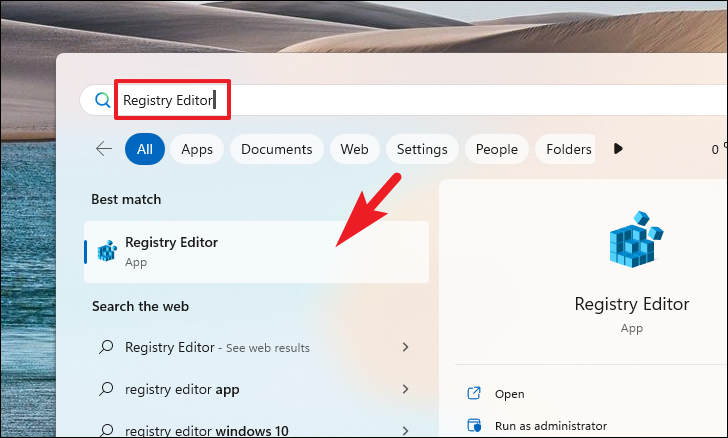
Step 2: In the Registry Editor, navigate to the following path by copying and pasting it into the address bar and pressing Enter:
HKEY_LOCAL_MACHINE\SOFTWARE\Policies\Microsoft\Windows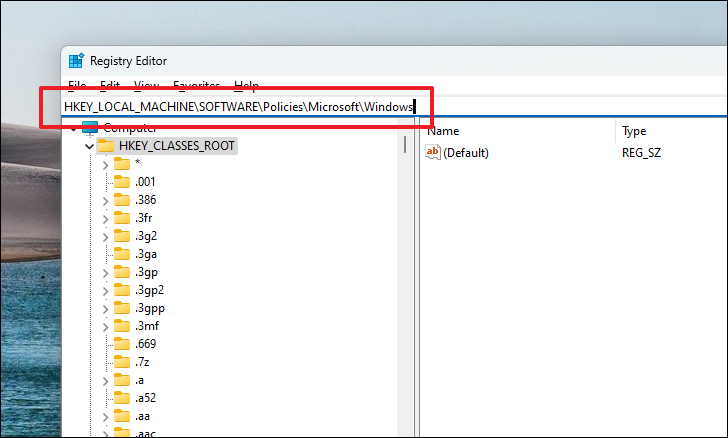
Step 3: Right-click on the 'Windows' key, hover over 'New', and select 'Key' from the menu. Name the new key AppPrivacy.
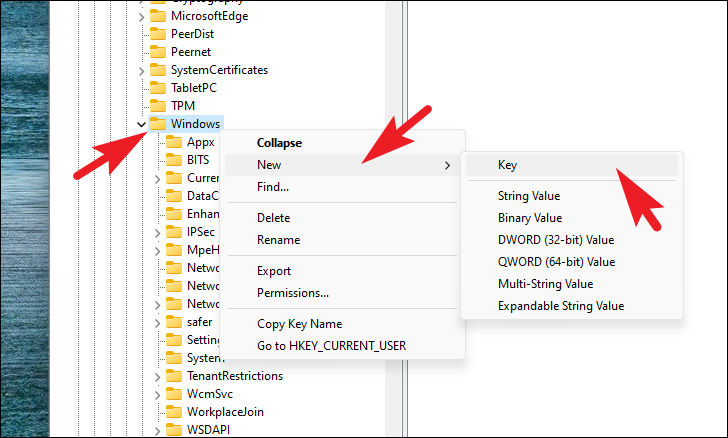
Step 4: Right-click on the newly created AppPrivacy key, hover over 'New', and choose 'DWORD (32-bit) Value'.
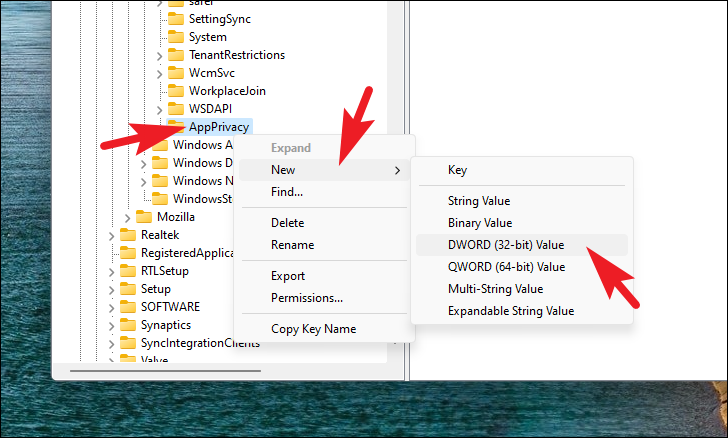
Step 5: Rename the new value to LetAppsRunInBackground and double-click on it to open its properties.
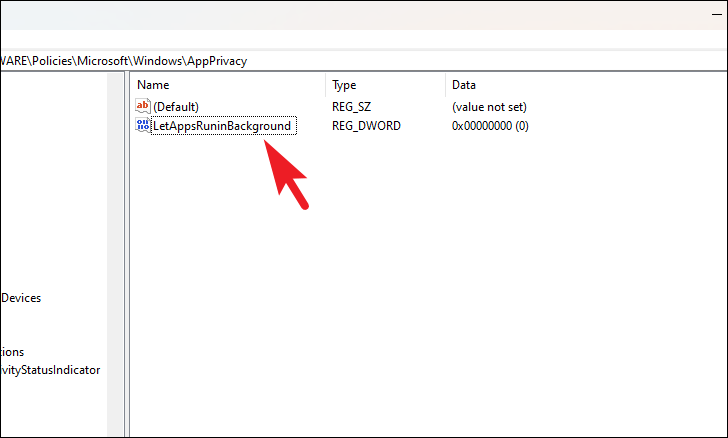
Step 6: In the 'Value data' field, enter 2 and click 'OK' to save the changes. This will disable background apps system-wide.

Step 7: Close the Registry Editor and restart your computer to apply the changes.
2. Disable Background Apps on a Per-App Basis
If you want to stop specific apps from running in the background, you can adjust their individual settings.
Step 1: Open the Settings app by clicking on the Start Menu and selecting the 'Settings' icon.

Step 2: In the Settings window, select the 'Apps' tab from the left sidebar.
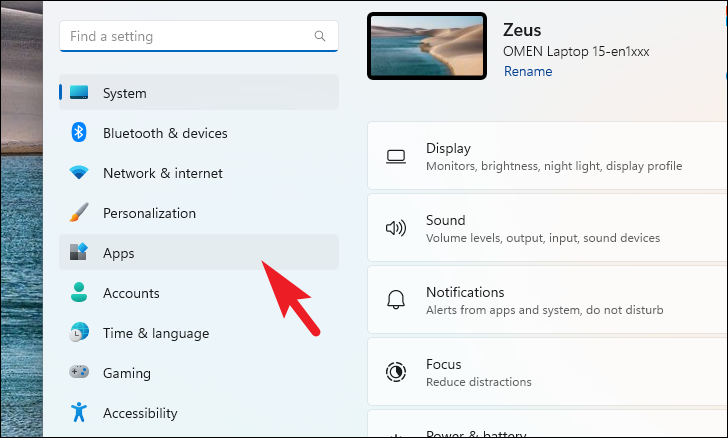
Step 3: Click on 'Installed apps' on the right pane to see all your installed applications.
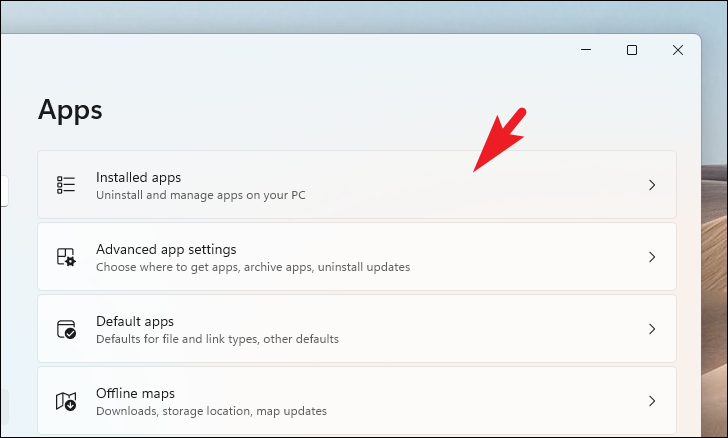
Step 4: Find the app you wish to restrict. Click on the 'ellipsis' (three dots) next to it and select 'Advanced options' from the dropdown menu.
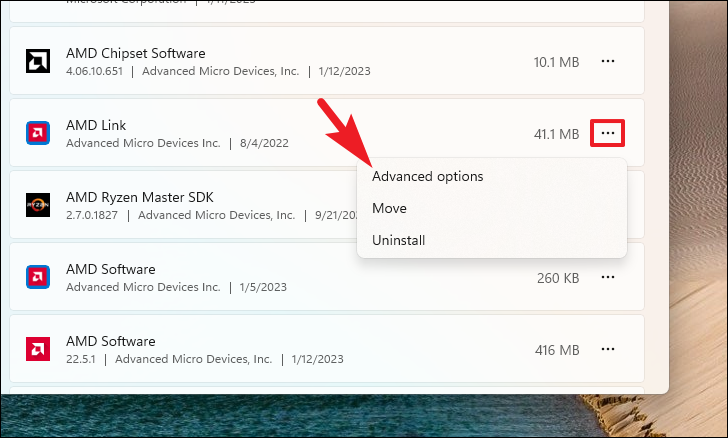
Step 5: Under 'Background apps permissions', click on the dropdown menu and select 'Never' to prevent the app from running in the background.

Step 6: Repeat these steps for any other apps you want to restrict.
3. Disable Background Apps Using the Group Policy Editor
If you are using Windows 11 Pro or Enterprise, you can disable background apps using the Group Policy Editor.
Note: This method is not available in Windows 11 Home edition.
Step 1: Open the Group Policy Editor by clicking on the Start Menu and typing Edit group policy. Select 'Edit group policy' from the search results.
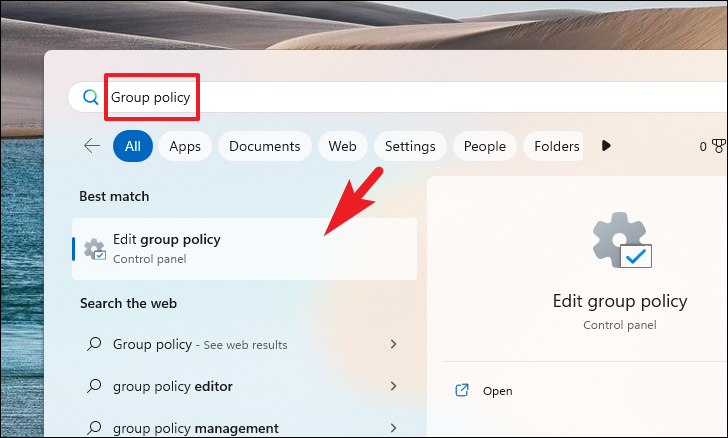
Step 2: In the left pane, navigate to 'Computer Configuration' > 'Administrative Templates' > 'Windows Components'.
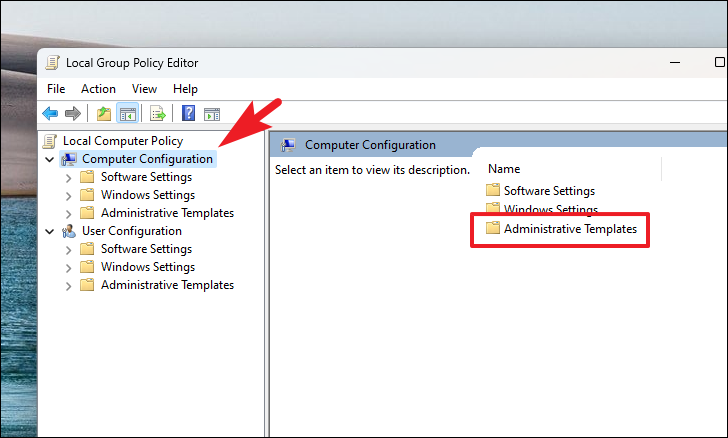
Step 3: Scroll down and select 'App Privacy'.
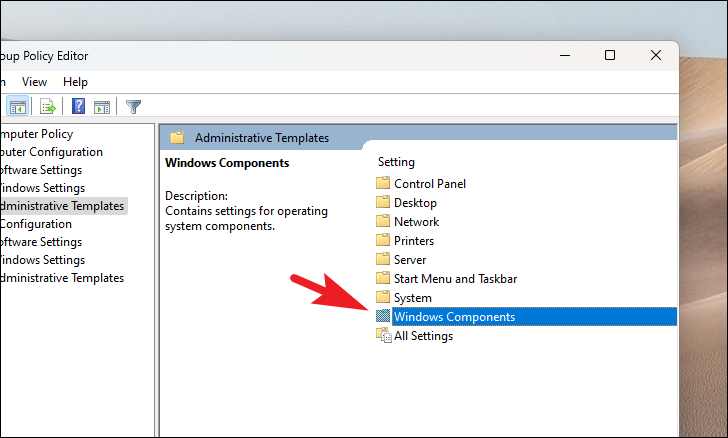
Step 4: In the right pane, double-click on 'Let Windows apps run in the background'.
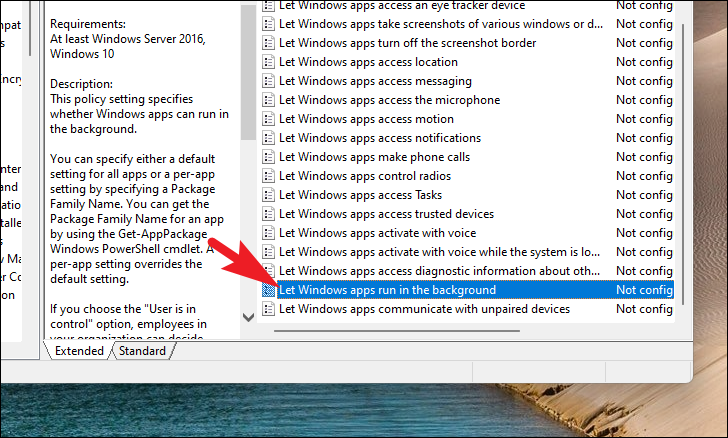
Step 5: Select the 'Disabled' option to prevent apps from running in the background. Click 'Apply' and then 'OK' to confirm.

Step 6: Restart your computer to apply the new settings.
4. Disable High Impact Startup Apps
Some apps automatically launch when you sign in and continue running in the background. Disabling unnecessary startup apps can free up system resources.
Step 1: Open Task Manager by clicking on the Start Menu and typing Task Manager. Select 'Task Manager' from the search results.

Step 2: In Task Manager, select the 'Startup apps' tab from the left sidebar.
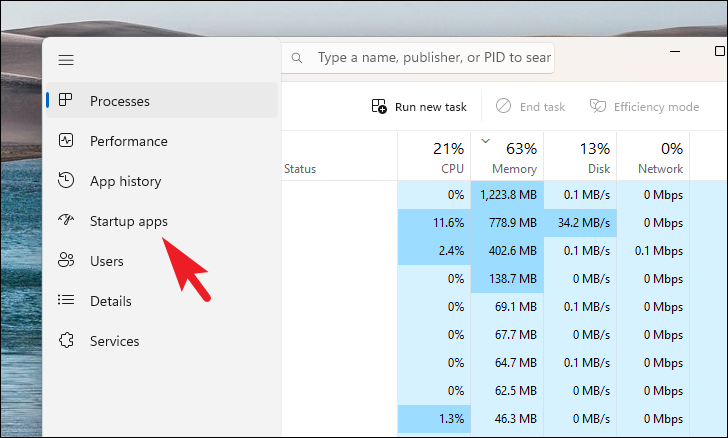
Step 3: Identify apps with a 'Startup impact' of 'High' that you don't need to run at startup.
Step 4: Click on the app to select it, then click 'Disable' at the top right corner.

Step 5: Repeat this process for other unnecessary startup apps.
5. Disable Background App Usage Based on Battery Usage
If certain apps are draining your laptop's battery by running in the background, you can identify and disable them.
Step 1: Open the Settings app from the Start Menu by clicking on the 'Settings' icon.
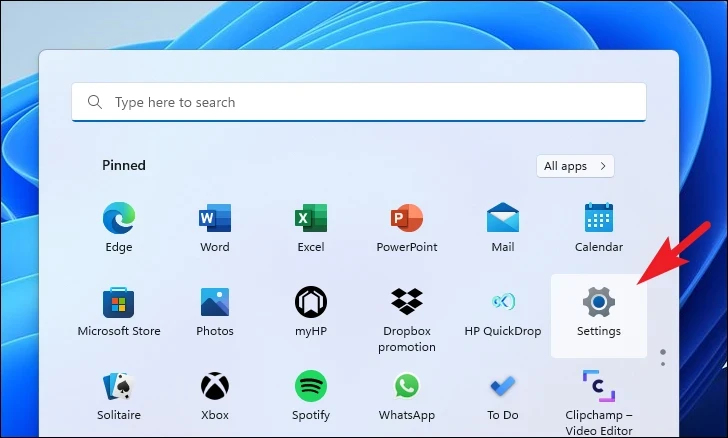
Step 2: Select the 'System' tab from the left sidebar.
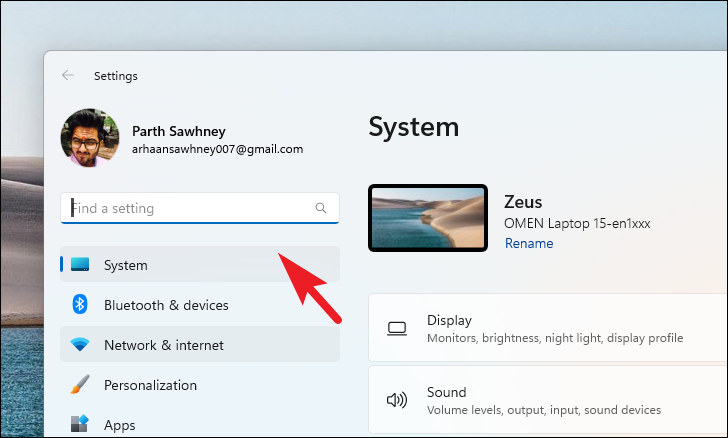
Step 3: Click on 'Power & battery' on the right pane.

Step 4: Under the 'Battery' section, click on 'Battery usage' to view apps and their battery consumption.

Step 5: Identify apps with high background battery usage.
Step 6: Click the 'ellipsis' (three dots) next to the app and select 'Manage background activity'.
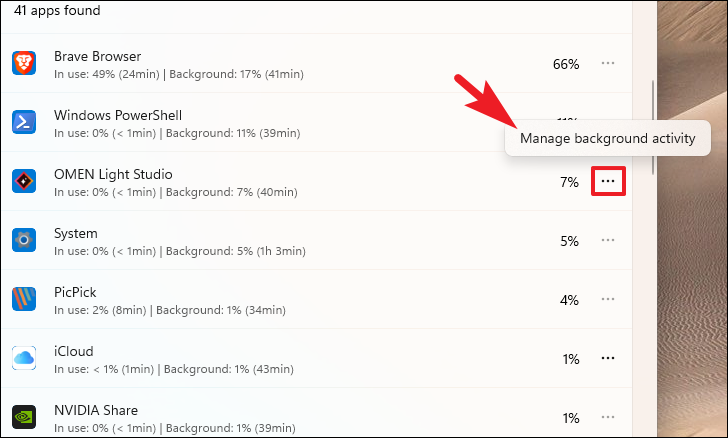
Step 7: Under 'Background apps permissions', choose 'Never' from the dropdown menu to stop the app from running in the background.
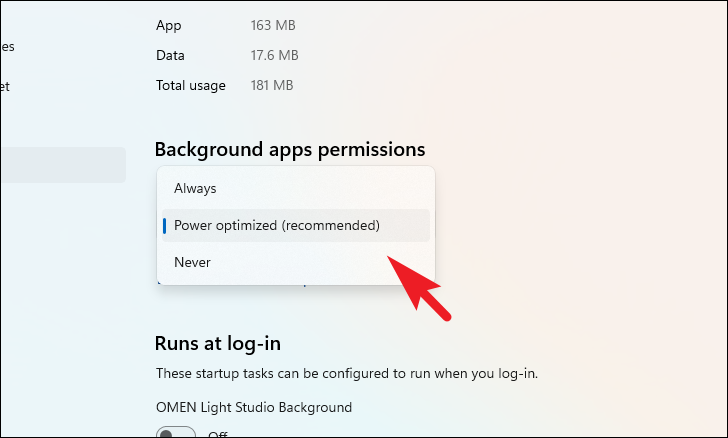
By implementing these methods, you can effectively manage background apps in Windows 11, enhancing your system's performance and extending battery life.

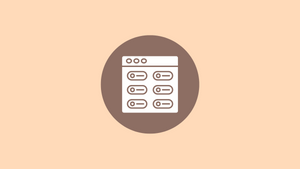




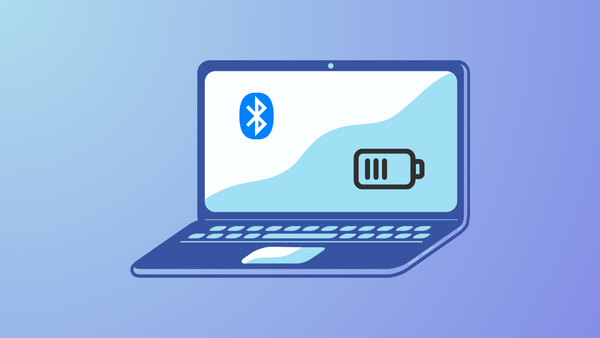
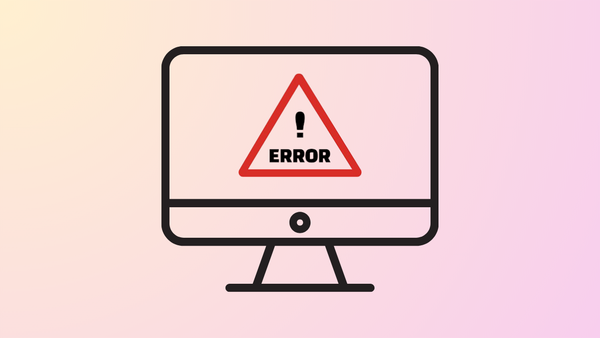


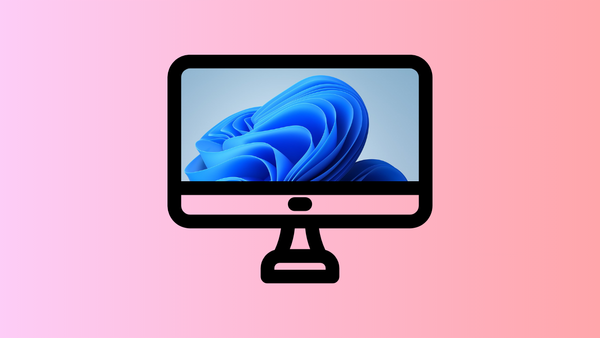
Member discussion